Public events
The Danish Science Festival
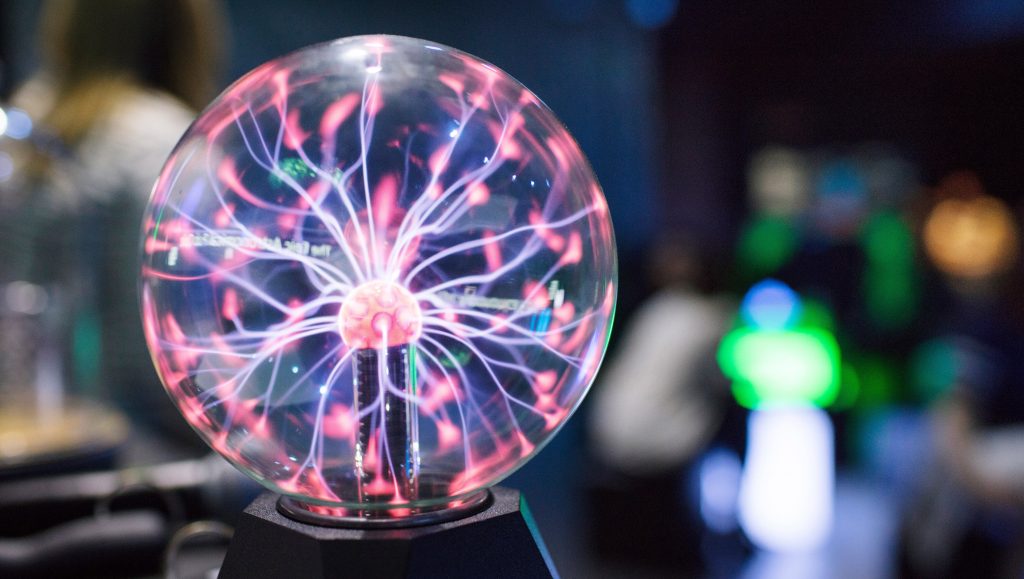
Several of our research centers took part in Danish Science Festival 2022 with exciting events for both children and adults. The participants could hear lectures on pain, learn more about quantum computers and follow in the footsteps of DNA researchers.
Read more about our participation in Danish Science Festival 2022
The Centers of Excellence PROMEMO at Aarhus University, CEH at the University of Copenhagen, and CNAP at Aalborg University all participated in the Danish Science Festival 2021. CNAP shared, among other things, a presentation, while the author Rob Dunn from CEH had a talk with the chef Claus Meyer.
Read more about the 2021 festival at PROMEMO at Aarhus University here
On the occasion of the Danish Science Festival 2019, several of the DNRF’s Centers of Excellence participated in the popular science festival, including the Center for Macroecology, Evolution and Climate (CMEC), the Center for Proteins in Memory (PROMEMO), the Stellar Astrophysics Centre (SAC), and the Center for Functional Genomics and Tissue Plasticity (ATLAS).
The DNRF’s Center for Autophagy, Recycling and Disease (CARD), among many others, participated in the Danish Science Festival 2018. At the festival, and as a part of the Danish Cancer Society’s initiative SCIENCE SLAM, senior scientist Elisabeth Corcelle-Termeau and group leader Tuula Kalunki from CARD gave two individual lectures: “Breast Wishes” and “Trash Talks.”
Watch the two lectures by Corcelle-Termeau and Kallunki from 2018 here
The Culture Night
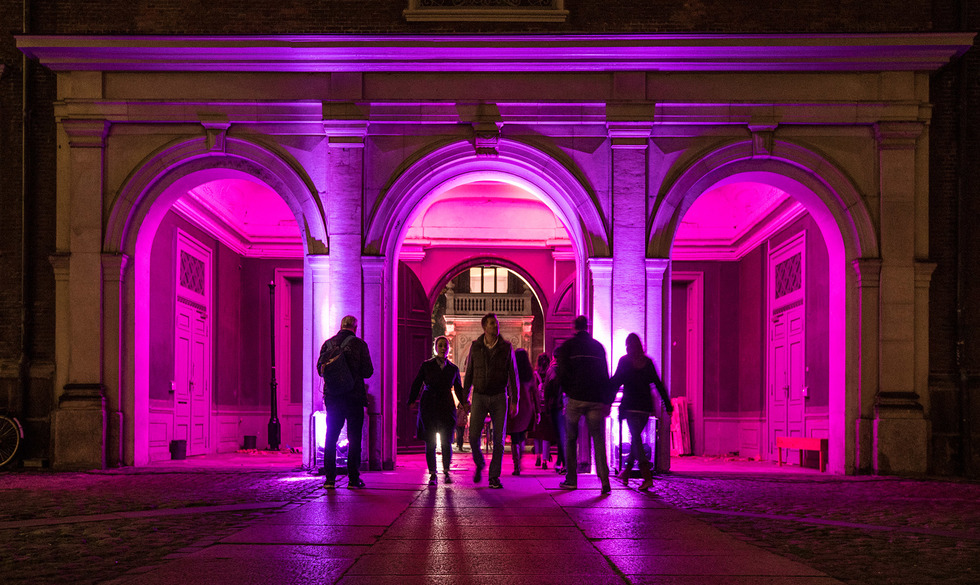
The annual event The Culture Night, held in the biggest cities in Denmark, is one of the largest and most used platforms for researchers and scientists to engage the general public in the world of science. A number of the DNRF’s Centers of Excellence, such as SPOC, QDev, the Center for GeoGenetics, and SYM, have participated in the event.
Fun With Physics
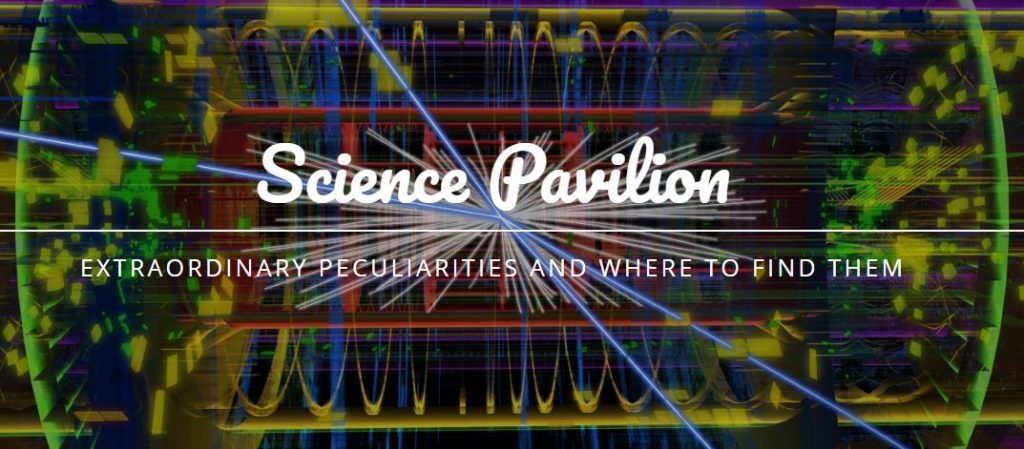
At the Roskilde Festival 2019, the European Organization for Nuclear Research (CERN) and the Niels Bohr Institute joined forces to welcome visitors inside the Science Pavilion, where, among other participants, researchers from the DNRF’s Center of Excellence DISCOVERY were a part of several different workshops held for the many festival goers. For instance, people could engage in building a cloud chamber or creating a solar charger and, thus, be invited to see the world in a new way. It is hoped that the experience will encourage participants to question the community around them.
Almost Human
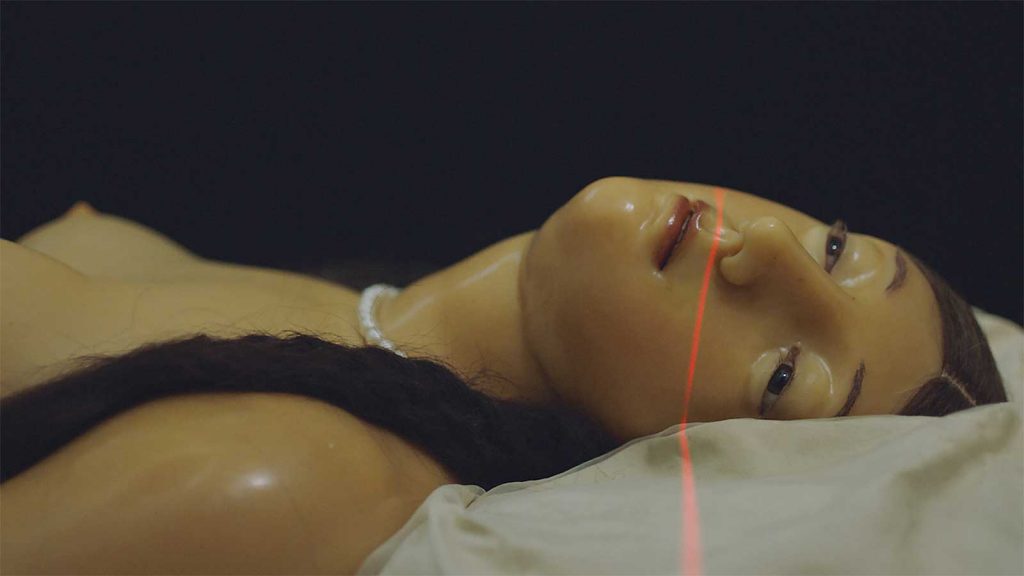
At the Copenhagen film festival CPH:DOX 2018, for one night, the iconic Ny Carlsberg Glyptotek were transformed into a cinema and opened its doors to the public for the premiere of the documentary “Almost Human.” In addition, people had the opportunity to meet the 10 researchers involved in the film, including head of center at the DNRF’s Center for Urban Networks (UrbNet), Aarhus University, Rubina Raja. After the premiere, the public was invited to engage in open conversations with the researchers about our relationship with technology and its challenges.
Knowledge and Coffee
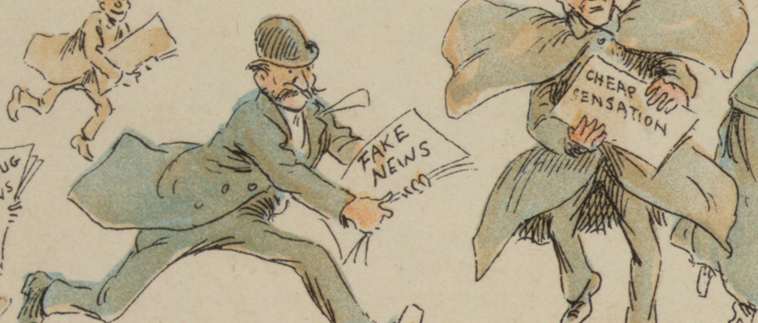
In 2018, the Møntergården Museum in Odense joined forces with the Danish University Extension (Folkeuniversitetet) and launched a new concept called “Knowledge and Coffee,” where the public is invited to enjoy a cup of coffee while listening to lectures on different topics held by the museum’s historians, archeologists and conservators. Among other, Kirstine Haase, Ph.D. student at the DNRF’s UrbNet, Aarhus University, and archaeologist at the Odense City Museum, together with Jannie Amsgaard Ebsen, a conservator at the Odense City Museum, gave a lecture on animals from medieval towns.
Wine & Science
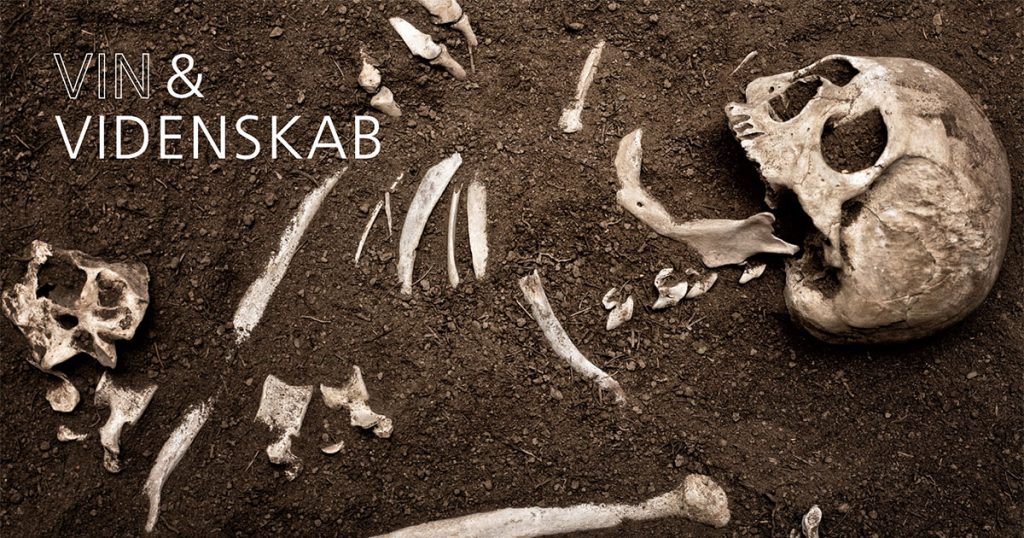
Wine & Science (Vin & Videnskab) was established in 2010 by the Natural History Museum of Denmark, where scientific lectures given by some of the world’s most prominent researchers are combined with a glass of wine. In 2019, Professor Dorthe Berntsen, who is head of center at the DNRF’s CON AMORE, Aarhus University, held a lecture on the brain and how we reminisce and understand ourselves.
Read more about Dorthe Berntsen’s lecture and Wine & Science in general here
Science and Cocktails
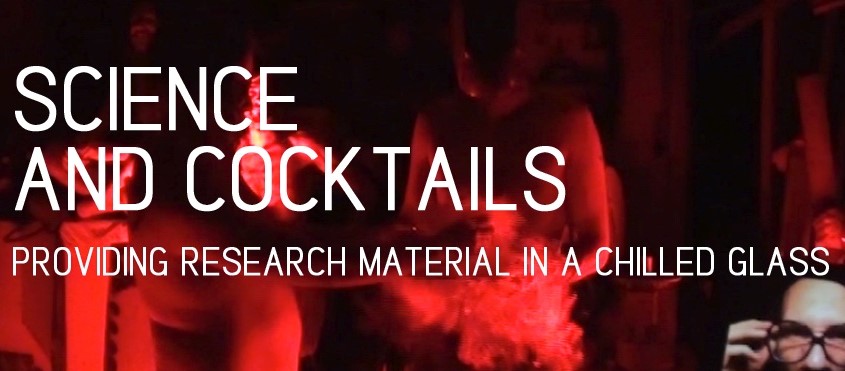
Science and Cocktails, a non-profit initiative started in 2010 by physicist Jacome Armas and the Niels Bohr Institute, University of Copenhagen, brings science and entertainment closer together through a series of public lectures intertwined with artistic performances and cocktails. Several researchers with a connection to the DNRF have participated, including heads of center Barbara Ann Halkier, at DynaMO; Rubina Raja at UrbNet; Dorthe Berntsen at CON AMORE; and Peter Vuust and Professor Morten Kringelbach from MIB.
Dopamin Release, Music Against Drugs

In 2018, the campaign Music Against Drugs launched a podcast series during which host Ihan Haydar, drummer in the Danish music band L.I.G.A, invited Peter Vuust, head of center at the DNRF’s Center for Music in the Brain (MIB) at Aarhus University, to engage in conversations about how music affects our brains. Through 10 episodes Professor Vuust and Haydar analyze different kinds of music, and try to answer the question of why we dance and why songs get stuck in our heads.
Sugar Theatre
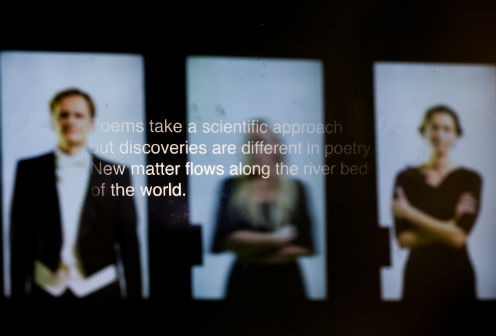
The Sugar Theatre is an exhibition held at the Faculty of Health and Medical Sciences, University of Copnehagen. For the exhibition, artists have created four works on sugar in cooperation with researchers from the University of Copenhagen, including Hans Wandall, professor and co-director at the DNRF’s Copenhagen Center for Glycomics (CCG). The Sugar Theatre runs in four acts, each tracing sugary threads in and out of bodies, materials, and voices, and scientific and artistic disciplines.
The Moon, Louisiana
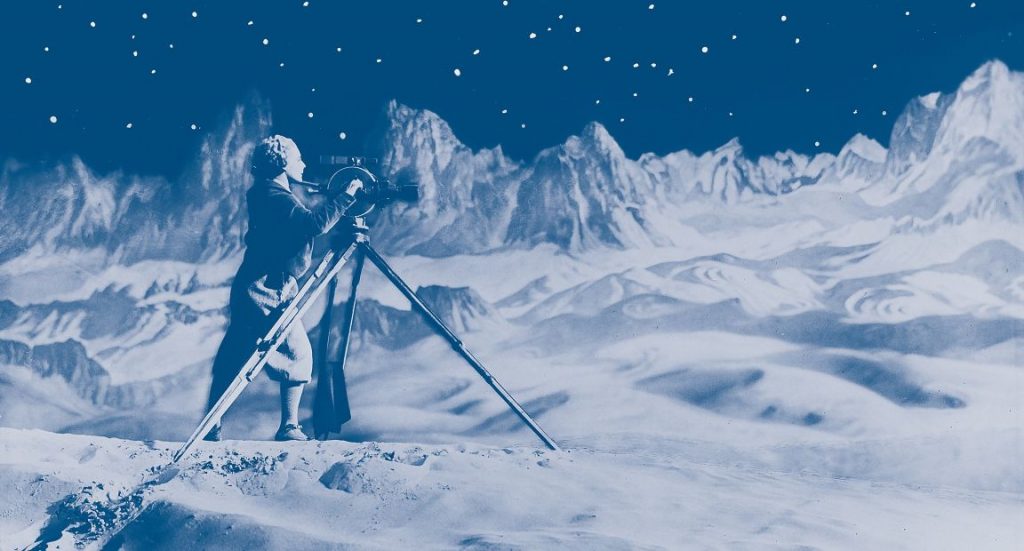
As a part of the exhibition The Moon at the Louisiana Modern Museum of Art in Denmark, Professor Martin Bizzarro, from the DNRF’s Center for Star and Planet Formation (STARPLAN), University of Copenhagen, gave a lecture on the moon from a geological perspective. In his lecture, Professor Bizzarro outlined the latest research on the formation of the moon and the Earth and discussed how researchers gather information about the moon based on geological materials.
MISP-talks: The New Horizon in Biomedicine

MISP talks are a series of talks whereby the public is invited to hear about precision medicine and the emerging new science frontiers and technologies, presented by leading international researchers and experts, including Professor Jens Lundgren from the DNRF’s Center of Excellence PERSIMUNE. The talks are part of the New Horizon in Biomedicine, organized in conjunction with the MISP Research Camp, a multidisciplinary workshop in biomedicine involving biologists, mathematicians, computer scientists, and physicians from around the world.
